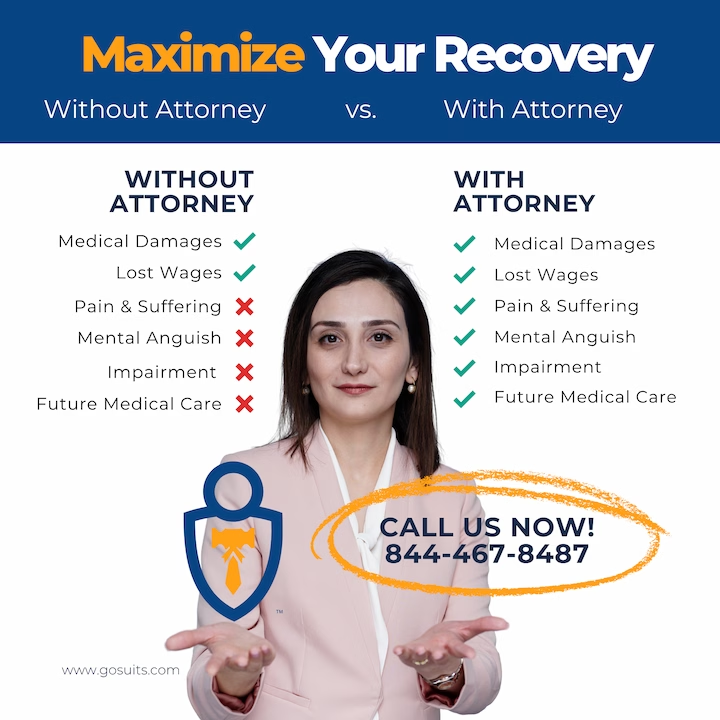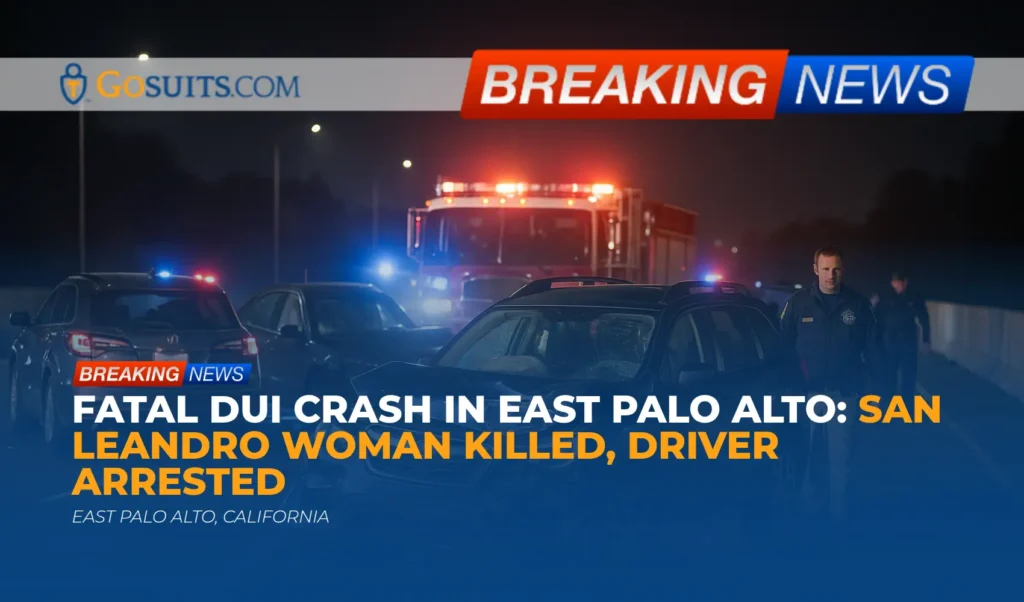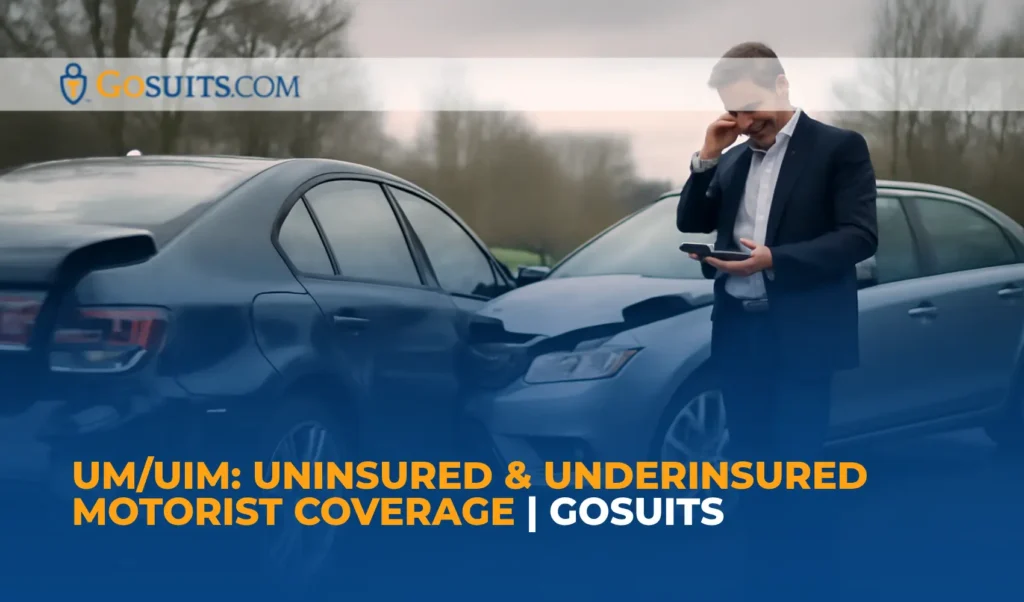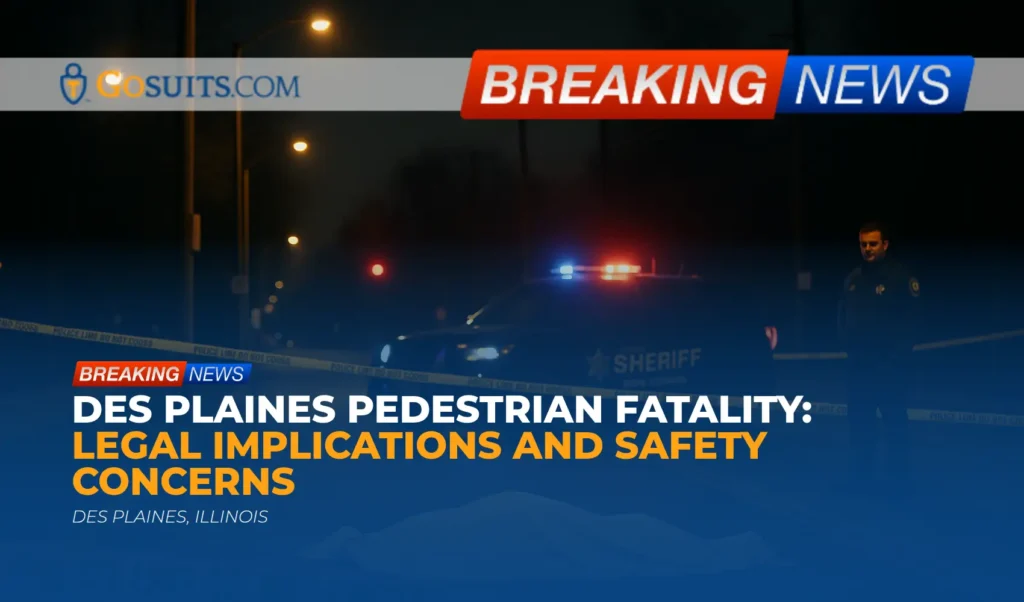A tragic four-vehicle collision occurred early Sunday morning on Highway 101 near East Palo Alto, resulting in the death of a 72-year-old woman from San Leandro and serious injuries to two others. The California Highway Patrol (CHP) has arrested one of the drivers on suspicion of driving under the influence (DUI).
Incident Details
The chain-reaction crash took place at approximately 2:00 a.m. on Highway 101, just south of University Avenue. According to a news release from the CHP, an Acura SUV traveling northbound is suspected of rear-ending a Toyota Rav4. Following this initial collision, a Subaru SUV struck the Toyota before colliding with the concrete center median. A BMW sedan then collided with one of the wrecked vehicles, compounding the severity of the crash.
The driver of the Subaru SUV, a 72-year-old woman identified as Pamela Beran of San Leandro, was pronounced dead at the scene. The San Mateo County Coroner’s Office confirmed her identity. Two occupants of the Acura SUV were also hospitalized with serious injuries.
DUI Arrest
Authorities arrested the driver of the Acura SUV on suspicion of driving under the influence, resulting in injuries to another. The arrest highlights the severe consequences of impaired driving and the dangers it poses to all motorists on the road.
Legal Implications of Multi-Vehicle Accidents
Multi-vehicle accidents, like the one in East Palo Alto, often present complex legal challenges. Determining fault and liability can be intricate, involving multiple drivers, insurance companies, and potentially other contributing factors.
Establishing Negligence
In personal injury cases stemming from car accidents, the central legal concept is negligence. To establish negligence, it must be proven that a driver:
- Owed a duty of care to others on the road.
- Breached that duty through careless or reckless behavior.
- The breach of duty directly caused the accident.
- The accident resulted in damages (injuries, property damage, etc.).
In this instance, the driver arrested for DUI allegedly breached their duty of care by driving while impaired. Driving under the influence is a clear violation of traffic laws and significantly impairs a driver’s ability to operate a vehicle safely. If proven, this could establish negligence on the part of the Acura driver.

Chain-Reaction Collisions
Chain-reaction crashes involve a series of collisions, making it crucial to determine the sequence of events and the actions of each driver involved. The initial impact often sets off a domino effect, with subsequent collisions resulting from the original crash.
In these situations, legal investigations often focus on:
- The initial cause of the accident (e.g., DUI, speeding, distracted driving).
- Following distances and reaction times of other drivers.
- Road conditions and visibility.
Each driver’s actions leading up to the crash are scrutinized to determine their level of responsibility. For example, a driver who was following too closely or failed to react appropriately to the initial collision may also be found partially liable.
Role of Insurance Companies
Multiple insurance companies are typically involved in multi-vehicle accident claims. Each driver’s insurance policy may provide coverage for injuries and damages caused by their negligence. However, insurance companies often prioritize their financial interests and may attempt to minimize payouts.
Navigating the insurance claims process can be challenging, especially when multiple parties are involved. An individual injured in a multi-vehicle accident may need to file claims with multiple insurance companies, negotiate settlements, and potentially pursue litigation to obtain fair compensation.
Potential Damages in a Fatal Car Accident
In cases where a car accident results in a fatality, the deceased victim’s family may be able to pursue a wrongful death claim. This type of claim seeks to compensate the family for their losses resulting from the death, which can include:
- Funeral and burial expenses: The costs associated with the deceased’s funeral and burial services.
- Medical expenses: Any medical bills incurred by the deceased as a result of the accident, prior to their death.
- Loss of income: The income the deceased would have earned over their lifetime, had they survived.
- Loss of companionship: Compensation for the loss of the deceased’s love, support, and companionship.
- Pain and suffering: In some jurisdictions, damages may be awarded for the pain and suffering the deceased endured prior to death.
In addition to wrongful death claims, individuals who sustained injuries in the accident may be able to pursue personal injury claims for their damages, including:
- Medical expenses: The costs of medical treatment, including hospital stays, surgeries, physical therapy, and medications.
- Lost wages: Compensation for income lost as a result of being unable to work due to injuries.
- Property damage: The costs to repair or replace damaged vehicles and other personal property.
- Pain and suffering: Compensation for the physical pain and emotional distress caused by the injuries.

Commentary from Gosuits East Palo Alto, California Personal Injury Attorney
This tragic incident underscores the devastating consequences of driving under the influence. Beyond the immediate loss of life and physical injuries, accidents like this one can create significant financial and emotional hardships for victims and their families.
It is imperative that individuals who have been injured in a car accident, especially one involving multiple vehicles or a suspected DUI, understand their legal rights and options. A seasoned personal injury attorney can help navigate the complexities of these cases, investigate the accident thoroughly, and advocate for fair compensation from all responsible parties. This may include negotiating with insurance companies, gathering evidence, and, if necessary, pursuing litigation to protect the rights of the injured and their families.





